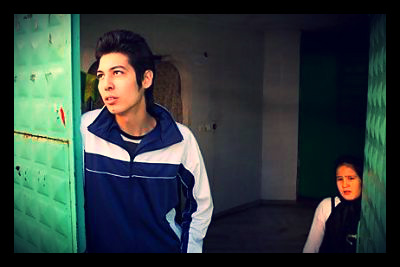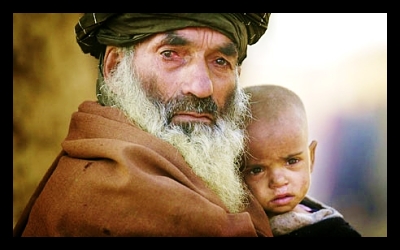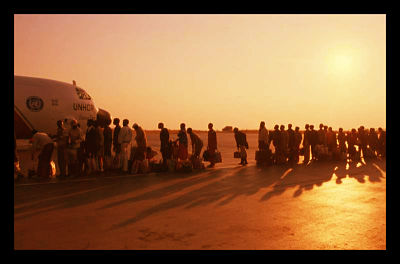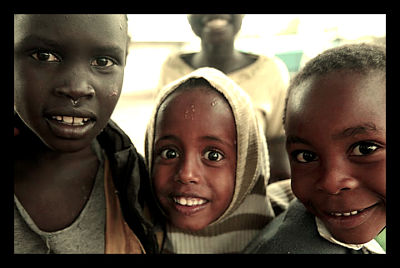
Jesuit Refugee Service is a non-profit Catholic organization that works “to defend the rights of refugees and migrants throughout the world.” The U.S. division of JRS employs advocacy efforts to fight for “just and generous policies and programs” that will benefit refugees and ensure their protection during times of conflict.
JRS/USA partners with JRS branches across the world along with other aid organizations to make the voices of refugees heard and to propose actions that will properly address their situation.
Though JRS/USA focuses on select domestic issues such as U.S. detainees’ right to religious expression, the organization has pinpointed the following international advocacy issues to focus on during 2013:
- International Detention: JRS/USA works to assist refugees and asylum seekers who risk being detained. The use of detention to limit asylum seekers has increased over the past ten years, and JRS/USA advocates against the unnecessary detainment of those seeking asylum.
- Haiti and Dominican Republic: JRS/USA is currently fighting against the unfair treatment of refugees and immigrants that is occurring in the Dominican Republic. The government of the Dominican Republic recently enacted policies that have resulted in “the denial and/or revocation of the nationality of Dominican-born persons of Haitian ethnicity,” and mass deportations of people of Haitian descent are occurring. Dominican-born persons of Haitian descent face xenophobia, arbitrary detention, and denationalization.
- Colombia: Colombia is home to five million internally displaced people, and 500,000 Colombians have fled to countries such as Panama, Ecuador and Venezuela. Most of these refugees lack access to basic services, and legal barriers prevent them from fully integrating into their countries of asylum. U.S. and global funding for the protection and assistance of Colombian refugees and internally displaced people remains insufficient, so resettlement efforts have not been successful. JRS/USA advocates for increased funding for Colombian refugees and internally displaced people and fights to increase the number of Colombian refugees resettled in the United States.
- Migrants and Asylum Seekers: JRS/USA advocates for more generous international standards for the treatment of refugees and those who have been internally displaced. JRS/USA also fights for improvements in U.S. treatment of asylum-seekers, detained immigrants, and other displaced people.
Most U.S. citizens agree that certain standards of treatment towards refugees and internally displaced people should be upheld, but they disagree about the role the U.S. government should play in upholding these standards. JRS/USA seeks to highlight the difference U.S. policymakers can make in the lives of those threatened by their own government or country of origin.
– Katie Bandera
Source: Catholic Sentinel, JRS/USA
Photo: JRUSA
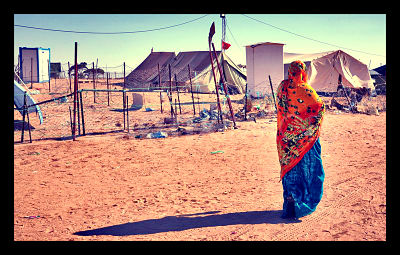
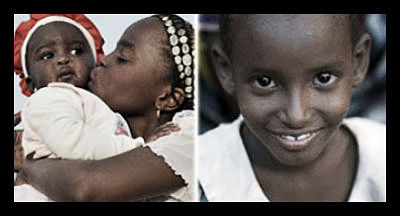


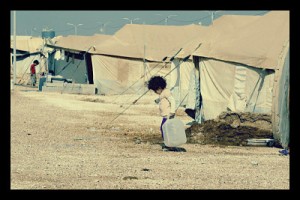
 UNHCR) said more than 1.5 million Syrian civilians had fled their country to escape the civil war that had been raging there for almost two years. Dan McNorton, a spokesman for the UNHCR, said the actual number of refugees is probably much higher due to concerns some Syrians have regarding registration. In addition, approximately 4 million people have been internally displaced since the beginning of the conflict. So what does this mean for the Syrian people who are now refugees? What can be expected in the life of a refugee?
UNHCR) said more than 1.5 million Syrian civilians had fled their country to escape the civil war that had been raging there for almost two years. Dan McNorton, a spokesman for the UNHCR, said the actual number of refugees is probably much higher due to concerns some Syrians have regarding registration. In addition, approximately 4 million people have been internally displaced since the beginning of the conflict. So what does this mean for the Syrian people who are now refugees? What can be expected in the life of a refugee?